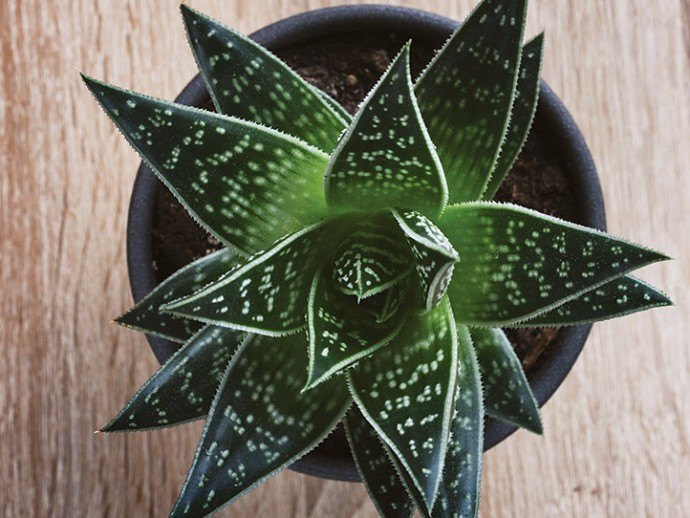Mother Nature’s Air Purifiers

Fight airborne toxins from your house by developing certain kinds of indoor plants.
With winter quickly approaching, we’ll be spending an increasing number of times inside. This is the ideal time to think about some distinctive indoor plants to keep the air clear of toxins.
Torpedoing toxins
- While particular indoor crops show promise in removing toxins, there are several other important steps we can take to reduce indoor toxins and pollutants that are airborne. These include
- Never having a power generator inside — such as in a connected garage
- having a professional to inspect appliances and chimneys annually
- vacuuming to keep dust and allergens from the atmosphere
- routine carpeting and upholstery cleaning
- Keeping a healthy humidity level in your house
- with vents to the cooker
- appropriate fresh air flow
- not idling automobiles or gas-powered apparatus near windows or doors
- air filtration (contemplate a planter having an activated charcoal filtration method to maximize the air-cleaning operation of crops )
Plants versus pollutants
Along with the measures above, try developing these houseplants to help purify indoor air. Remember that the dirt and root zones of plants play a significant part in air pollution, therefore try to maintain as much dirt exposed to the atmosphere as you can. This may indicate trimming low-growing leaves on a number of the crops as needed.
- Aloe vera
This is the famed curative plant which no home should be without. It is good for healing minor cuts and sunburns–and also for ridding the atmosphere of a much more insidious danger: formaldehyde. Grow aloe vera with a bright or sunny window at well-drained soil that is kept slightly on the other side.
- English ivy (Hedera helix)
English ivy is an attractive climbing or trailing evergreen plant with several cultivars to pick from. It favors moisture from the atmosphere (or misting) and moist, well-drained dirt in a partly sunny to shady site. The plant is proficient at clearing many toxins in the atmosphere, such as toluene and benzene.
- Spider plant (Chlorophytum comosum)
Grown for its grass like, frequently striped foliage, this really is an undemanding plant which thrives in moderate to light shade and moist atmosphere. It’s a favorite for hanging baskets. The spider plant destroys several toxins in the atmosphere but is possibly best known for decreasing carbon dioxide and nitrogen dioxide levels, in addition to ethylbenzene and formaldehyde.
- Snake plant (Sansevieria trifasciata)
The snake plant has long, fleshy, pointed leaves with various variegated forms to select from. It seldom flowers indoors. It’s undemanding, even though it prefers well-drained dirt with glowing to direct light. In a recent analysis of 12 plant species, the snake plant has been the best at removing toluene in the atmosphere.
- Peace lily (Spathiphyllum ‘Mauna Loa’)
The peace lily blooms reliably nicely inside with attractive oval, white, papery spathes and leathery, glossy leaves. These plants prefer well-drained dirt and filtered mild with medium to high humidity levels. The peace lily helps clean the air of several toxins, such as benzene, trichloroethylene, and much more.
- Golden pothos (Epipremnum aureum)
Golden pothos is an attractive evergreen vine that’s successful as a trailer or climber. It favors quite wealthy, moist yet well-drained dirt in bright, filtered light. Golden pothos will help to clear the air of formaldehyde, and in addition, it can help to eliminate benzene.
- Boston fern (Nephrolepis exaltata)
The Boston fern includes a graceful arching habit that’s particularly appealing in hanging baskets. It’s a hardy, easy-to-grow evergreen plant. It favors quite rich, well-drained dirt, medium to high humidity with good air flow and bright, filtered light. The Boston fern works nicely against formaldehyde; actually, a recent analysis discovered ferns are the most effective category of plants for eliminating formaldehyde.
- Weeping fig (Ficus benjamina)
The weeping fig is a favorite houseplant that favors quite wealthy, well-drained soil and full sunlight to partial shade vulnerability. The weeping fig can help to eliminate a number of pollutants in the atmosphere, such as octane, terpene, and xylene.
- Dracaena, especially red edged (D. marginata), Warneckei (D. deremensis ‘Warneckei’), and Janet Craig (D. deremensis ‘Janet Craig’)
Draceanas are well known indoor houseplants that favor well-drained soil and partial shade. They’re great at removing many different toxins in the atmosphere. The reddish edged variety is very great at clearing xylene in the atmosphere, while D. deremensis forms are proficient at clearing trichloroethylene from the atmosphere. a



